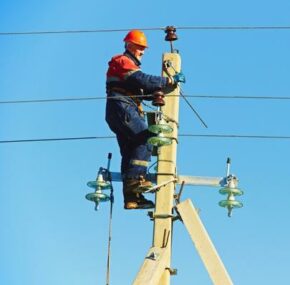Line workers face increased risks because there is a shortage in the number of people who perform this type of work. Because of the shortage, line workers may be expected to work longer hours and to do more. Additionally, there aren’t enough experienced line workers to supervise people who are less experienced. Line workers work on high voltage utility equipment and climb utility poles. With inadequate personnel available, workers are likelier to suffer from falls and electrocutions.

Line Worker Shortage
The U.S. Bureau of Labor Statistics reports that the employment of line workers is expected to grow by 6 percent by 2024. However, there is a national shortage of these types of workers. Utility companies are under pressure to cut costs and to keep utility bills low. Since the industry was deregulated, utility companies have cut their workers by 25 to 30 percent. In addition, not enough people are choosing to be trained as line workers. It can take up to five years before someone can become a journeyman, and a wave of retirements is expected to come over the next 10 years. The shortage means that workers may be inexperienced, have higher demands placed on them by their supervisors, and may face an increased risk of work-related injuries or fatalities.
Safety Concerns
In a survey of line workers, the International Brotherhood of Electrical Workers identified multiple safety concerns. Workers reported that there were not enough workers available to teach people who are inexperienced. They also reported that the crews were too small to be able to complete the jobs properly and there were not enough flaggers. Line workers have to follow hundreds of rules and procedures If they don’t, they are likelier to be seriously injured or killed in accidents. Many job sites are also located in rural areas, meaning that help in an emergency may be slow to arrive.
Safety Steps
Line workers should always place blocks behind the wheels of boom trucks if they are used at work sites so they won’t roll. Workers who work while perched in slings should check all of the fastenings every time before they are hoisted into the air. Workers should also check their rubber gloves every time they work by performing air tests. Finally, workers should avoid doing jobs if they don’t have the correct equipment.







